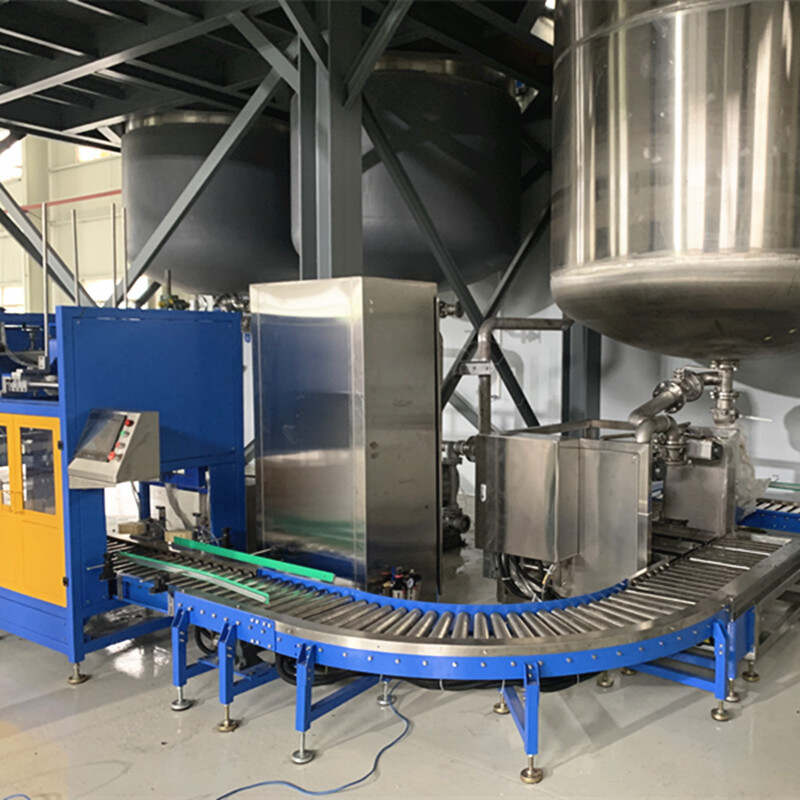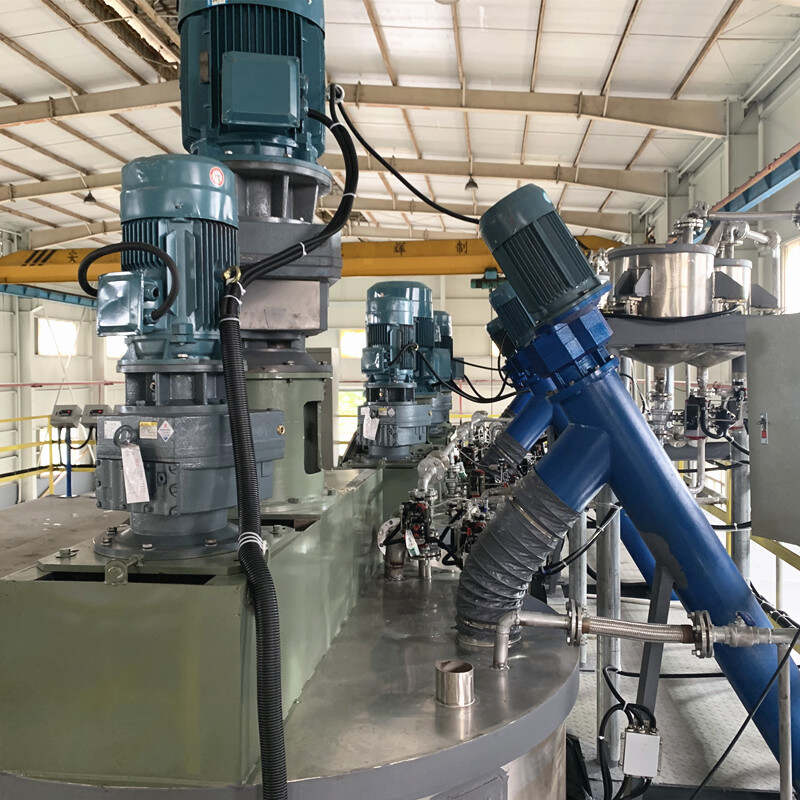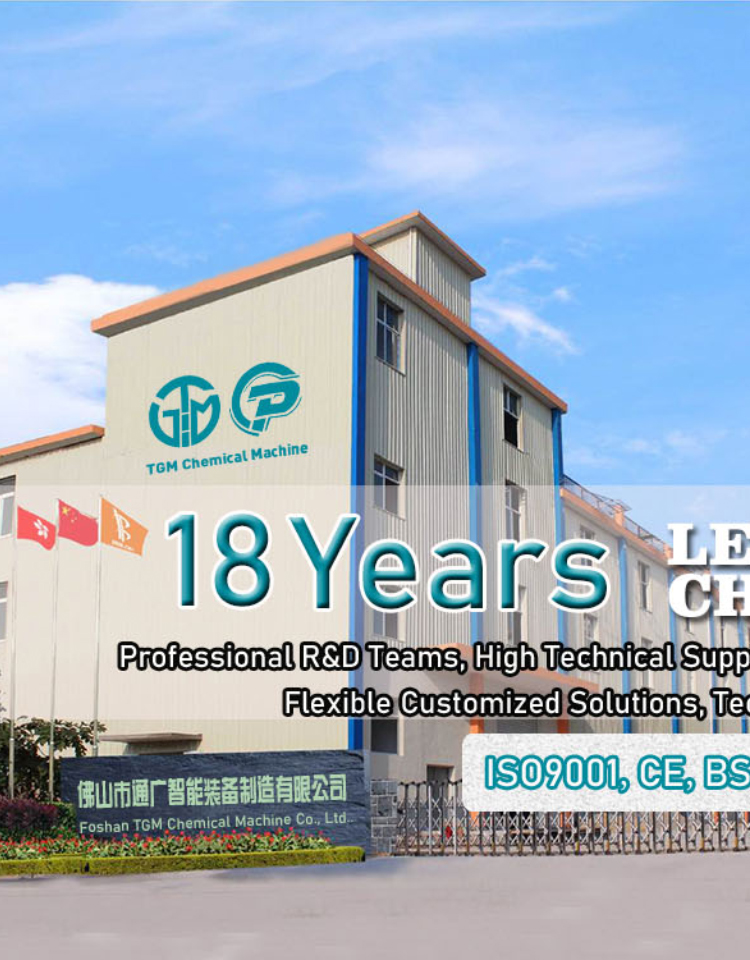Email cannot be empty
Password cannot be empty
Email format error
Email cannot be empty
Email already exists
6-20 characters(letters plus numbers only)
The password is inconsistent
Email format error
Email cannot be empty
Email does not exist
6-20 characters(letters plus numbers only)
The password is inconsistent


Optimizing Efficiency and Quality in the Noise Reduction Coatings Production Line
Noise pollution is a big problem in many industries like transportation, construction, and manufacturing. There is a growing need for materials that reduce noise. One solution is noise reduction coatings, which are applied to surfaces to absorb sound. This blog will explain how the noise reduction coatings production line works, the process, benefits, and important things to consider when making these coatings.
What is a Noise Reduction Coating?
Noise reduction coatings are materials that are put on surfaces like walls, floors, and ceilings to reduce noise. These coatings are used in many industries, such as cars, planes, buildings, and homes.
The coatings are made from materials that absorb sound, binders, and other substances. How well the coating works depends on how it is made, how thick it is, and how it is applied.
Why is a Noise Reduction Coatings Production Line Important?
The production line is a system that makes these coatings in large amounts. It is important because it helps make the coatings quickly and with good quality. The production line makes sure the coatings have the right properties, like sound absorption and durability.
A good production line can save money, improve efficiency, and keep the product quality high. Knowing how the production line works is important for businesses that want to make noise reduction coatings or improve their current production process.
Main Steps in a Noise Reduction Coatings Production Line
1. Preparing Raw Materials
The first step is to prepare the raw materials. These include materials that absorb sound, binders, and other chemicals. The quality and mix of these materials will affect how well the coating works.
In this step, manufacturers check the raw materials to make sure they meet the required standards, like size, density, and thickness. These factors are important for making sure the coating absorbs sound well.
2. Mixing and Blending
Once the raw materials are ready, they are mixed together. In the production line, large mixers are used to make sure everything is mixed evenly. The goal is to create a smooth mixture with the right thickness for the coating.
It’s important to mix the materials carefully to avoid problems like air bubbles or clumping. These issues could hurt the performance of the coating. The mixing step is key for making sure the coating absorbs sound and sticks well to surfaces.
3. Applying the Coating
After the mixture is ready, it’s time to apply the coating. In the production line, different ways can be used to apply the coating, such as spraying, rolling, or brushing. The method depends on the surface and how thick the coating needs to be.
For example, large surfaces might use spray guns or robots to apply the coating. Smaller or detailed areas might be rolled or brushed. The goal is to apply the coating evenly to get the best sound-absorbing results.
4. Curing and Drying
Once the coating is applied, it needs to dry or cure. This step makes the coating hard and durable. The curing process can be done by heating the coating, using UV light, or letting it air dry. In the production line, controlled environments help make sure the coating cures properly.
Curing is important to make sure the coating has the right hardness and sound-absorbing ability. The length and heat of the curing process depend on the type of coating and how it was applied.
5. Quality Control and Testing
After the coating is cured, it’s tested to make sure it meets the required standards. Testing includes checking the coating’s ability to absorb sound, how long it lasts, and how well it holds up to heat and moisture.
In a good production line, quality control happens at different stages. Raw materials are checked, the mixture is tested, and the finished product is tested again to make sure it’s high quality.
6. Packaging and Distribution
Once the coatings pass all tests, they are packaged and ready to ship. Packaging protects the coating during transport and makes it easier for customers to apply. Efficient packaging helps reduce costs and speeds up delivery.
Good packaging also helps make sure the coatings arrive in good condition and are ready for use by the end customer.
The Role of Automation in the Noise Reduction Coatings Production Line
Automation is helpful in manufacturing, and the noise reduction coatings production line benefits from it. Automated systems help speed up production, reduce mistakes, and keep the product the same.
For example, automated mixers make sure the coating is mixed well. Robots can apply the coating quickly and evenly. Automation also helps with testing, making sure that only coatings that meet the standards are shipped out.
By using automation, companies can increase production and lower costs while still keeping good quality.

New Technologies in Noise Reduction Coatings
As the need for noise reduction coatings grows, manufacturers are always looking for ways to improve them. New technologies are being developed to improve the performance of coatings.
Some recent developments include:
- Nanotechnology: Using tiny materials to make the coating more effective at absorbing sound and more durable.
- Eco-friendly formulations: Making coatings that are better for the environment but still reduce noise.
- Smart coatings: Coatings that change their properties based on temperature or humidity.
These new technologies are being added to modern noise reduction coatings production lines to keep up with new needs and improve product performance.

